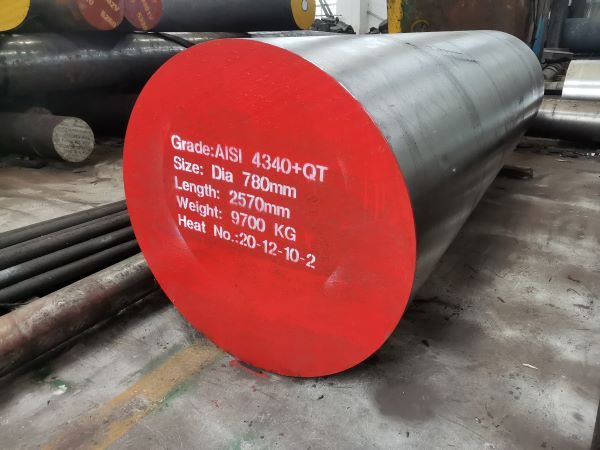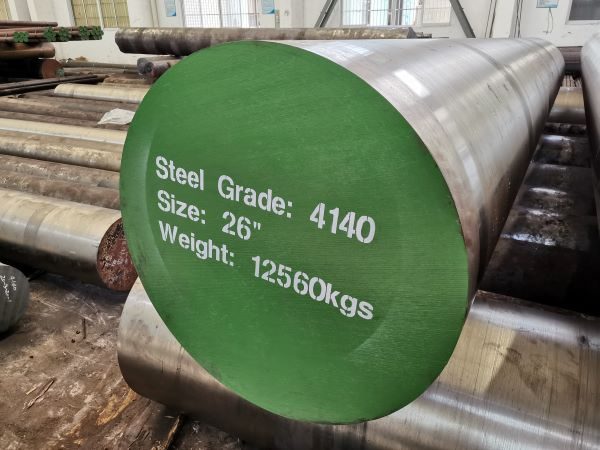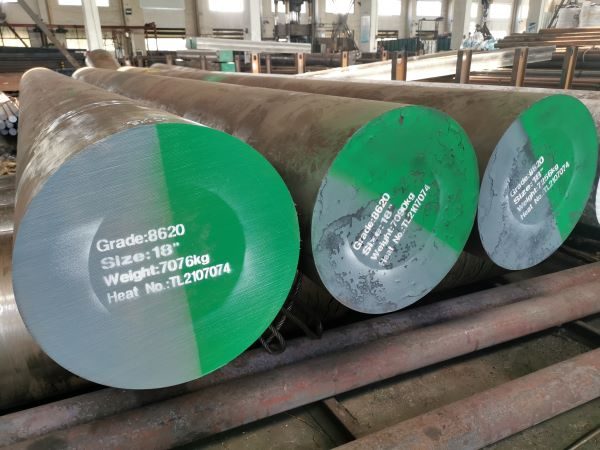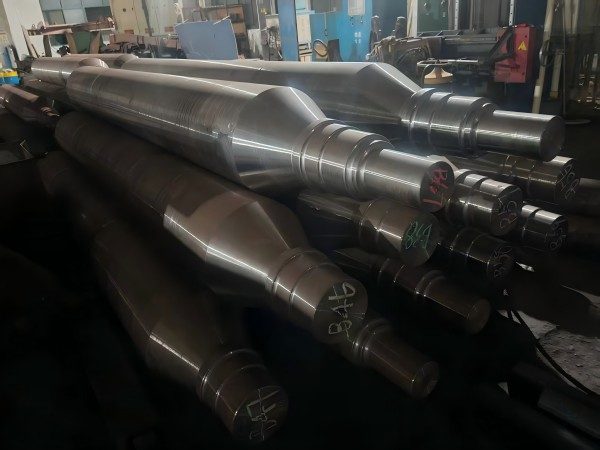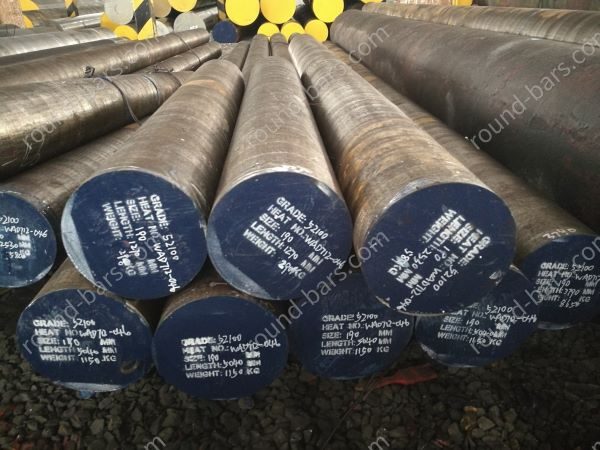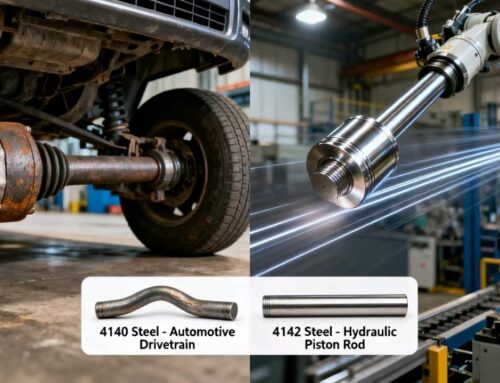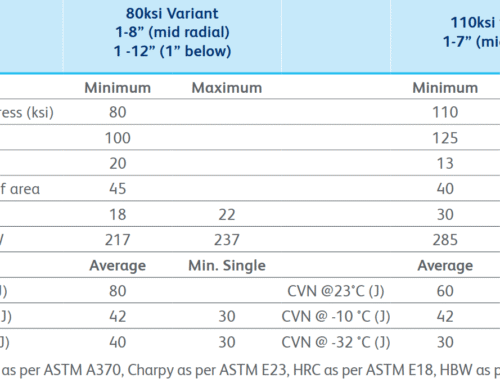In the current era of rapid development of the automobile industry, a car is supported by numerous advanced materials and exquisite craftsmanship from the design blueprint to the road. Among them, special alloy steel has become a key role in automobile manufacturing with its excellent characteristics. From the core components of the engine to the body safety structure, special alloy steel is everywhere. How does it work in different parts? What kind of amazing performance does it have? Today, let’s take a deep look at the application and performance of special alloy steels commonly used in the automotive industry (such as 4140, 8620, 4340, 5140 and 52100).
1. 4140 Steel (Medium Carbon Chromium-molybdenum Steel)
- Features: medium carbon (0.38-0.43% C), containing chromium (0.8-1.1% Cr) and molybdenum (0.15-0.25% Mo), with high strength, good toughness and hardenability.
- Applications:
– Drive shaft: bear high torque and fatigue load.
– Connecting rod, gear: engine parts that need to resist fatigue and impact.
– Suspension parts: such as steering knuckles, need to resist bending stress. - Advantages: high strength after heat treatment (up to 1000 MPa or more), excellent cost performance.
- Disadvantages: poor weldability, requiring preheating and post-weld heat treatment.
2. 8620 Steel (Carburizing Steel)
- Features: low carbon (0.18-0.23% C), containing nickel (0.4-0.7% Ni), chromium (0.4-0.6% Cr) and molybdenum (0.15-0.25% Mo), suitable for carburizing.
- Applications:
– Gears (gearboxes, differentials): high surface hardness (HRC 60+), strong core.
– Camshafts, bearings: wear and impact resistance. - Advantages: wear-resistant surface after carburizing, fracture resistance in the core.
- Disadvantages: complex process, high cost, and strict control of carbon layer depth.
3. 4340 Steel (High-strength Nickel-chromium-molybdenum Steel)
- Features: high alloy (containing 1.65-2.0% Ni), ultra-high strength (1200-1400 MPa), excellent toughness (especially large cross-section).
- Applications:
– High-performance crankshafts, racing connecting rods: maintain reliability under extreme loads.
– Heavy truck parts: such as universal joints, need to resist impact and fatigue. - Advantages: Top comprehensive performance, stress corrosion resistance.
- Disadvantages: High cost, difficult processing and heat treatment.
4. 5140 Steel (Medium Carbon Chromium Steel)
- Features: medium carbon (0.38-0.43% C), chromium (0.7-0.9% Cr), lower hardenability than 4140.
- Applications:
– Steering parts, pinions: medium load scenarios.
– Shafts, bolts: alternatives for cost-sensitive parts. - Advantages: lower cost, easy processing.
- Disadvantages: Strength and hardenability are not as good as 4140, limited applicability.
5. 52100 Steel (High Carbon Bearing Steel)
- Features: high carbon (1.0% C), high chromium (1.3-1.6% Cr), extremely high hardness (HRC 62+), wear-resistant but low toughness.
- Applications:
– Wheel hub bearings, gearbox balls: high contact fatigue strength requirements.
– Engine valve springs: wear resistance and elasticity requirements. - Advantages: excellent wear resistance and long life.
- Disadvantages: high brittleness, not suitable for impact load parts.
Summary of Material Comparison
| Material | Typical application | Advantages | Limitations |
| 4140 | Drive shaft, connecting rod | High strength, high cost performance | Poor weldability |
| 8620 | Carburized gear, camshaft | Surface wear resistance, core toughness | Complex process |
| 4340 | Racing parts, heavy-duty parts | Ultra-high strength and toughness | High cost, difficult processing |
| 5140 | Steering parts, shafts | Economical and applicable | Medium performance |
| 52100 | Bearings, balls | Top wear resistance | High brittleness, not impact-resistant |
Material Selection Recommendations
- High-load dynamic parts (such as connecting rods and crankshafts): 4340 (extreme conditions) or 4140 (conventional high performance) is preferred.
- Surface wear-resistant gears: 8620 carburized.
- Economical parts: 5140 is used in medium-demand scenarios.
- Bearings and rolling elements: 52100 is preferred, but impact should be avoided.
The selection of these materials needs to comprehensively consider performance requirements, cost and manufacturing processes to ensure a balance between the reliability and economy of automotive parts.

